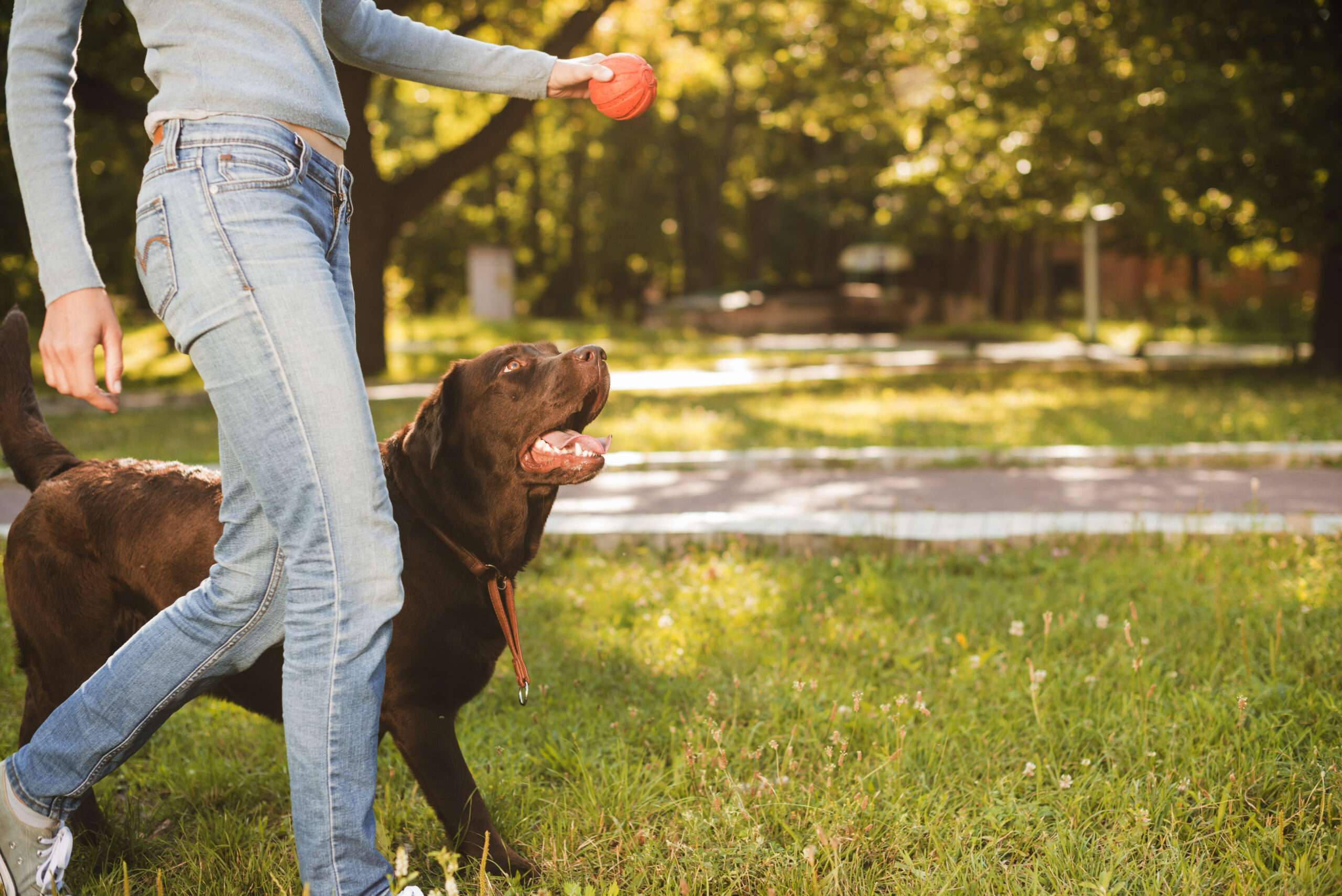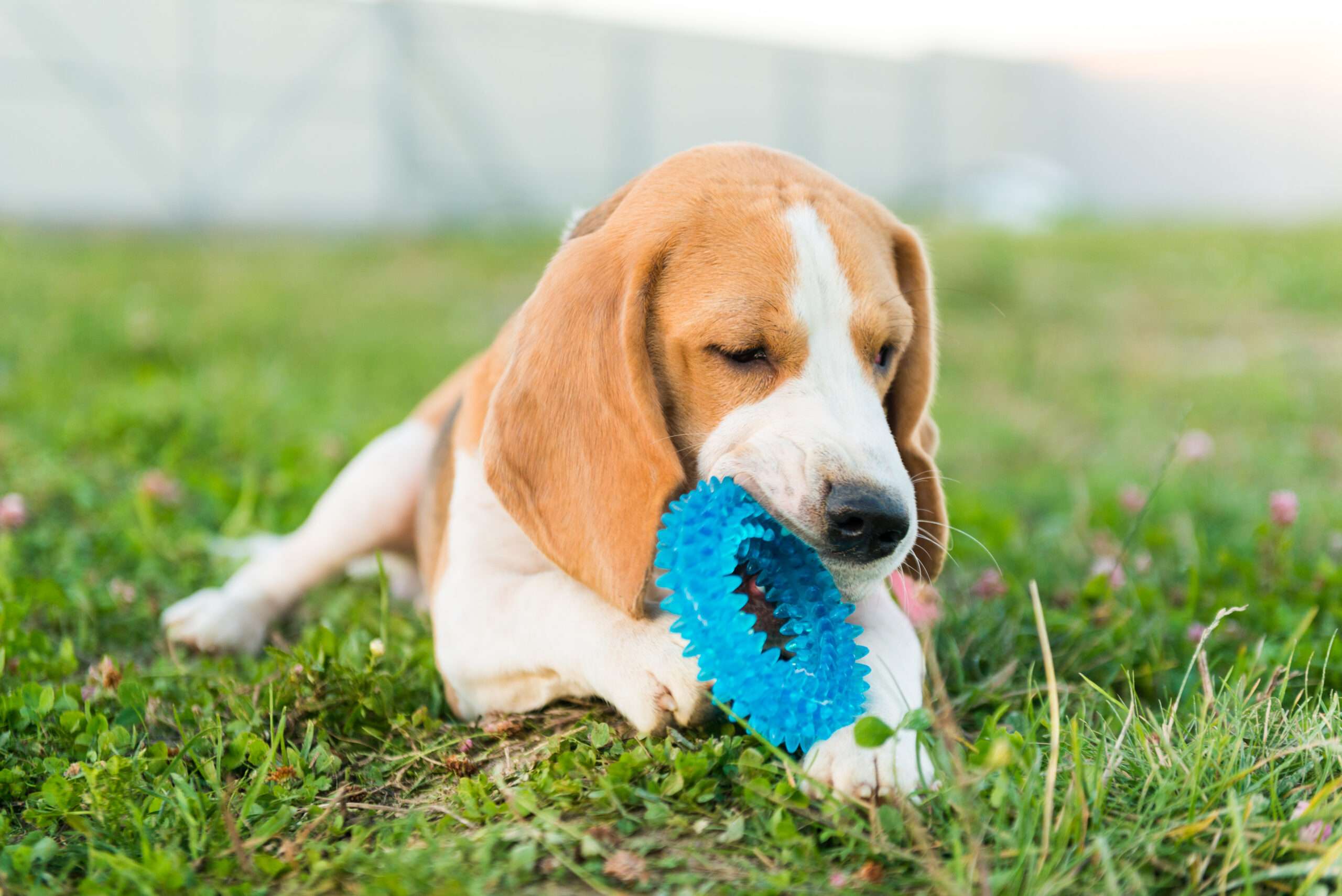5 Training Methods to Stop Bad Dog Behaviours
As dog owners, we know how rewarding it is to have a furry companion by our side. But let's be honest, there are days when our patience is tested with their habits of barking at strangers or chewing our favourite pair of shoes. If you've reached your limits and are looking for ways to stop bad dog behaviours, you've come to the right place! In this blog post, I'll be sharing five effective training methods to help you tackle disobedience, excessive barking, and destructive chewing. So grab some treats and let's get started!
Positive Reinforcement
Dogs thrive on positive attention. Positive reinforcement training involves rewarding your dog for good behaviour, rather than punishing them for bad habits. The key to this method is timing. As soon as your dog exhibits positive behaviour, reward them with a treat, toy, or verbal praise. Dogs are smart and learn quickly what they get rewarded for. So, if you want your dog to stop barking, you need to reward them when they're being quiet, and if you want them to stop chewing, provide them with toys that they're allowed to chew on.
Clicker Training
Clicker training is another popular training method that uses sound to indicate positive behaviour. It involves the use of a clicker and treats to train your dog. When your dog does what you want them to do, click the clicker and reward them with a treat. For example, if you want your dog to stop jumping up at people when they come through the door, wait for them to stop and reward them with a click and a treat. With enough repetition, your dog will learn to associate the click with a positive outcome, and good behaviour will become a habit.


Time-Out Training
Time-out training is an effective way to stop naughty behaviour, especially when your dog is being excessively vocal or destructive. When your dog shows bad behaviour, say "no" firmly and then remove them from the situation. Place them in a time-out space, like a crate or a gated area, for a few minutes. Time-out training helps your dog understand that negative behaviour leads to less attention, while good behaviour leads to more positive attention.
Desensitisation and Counterconditioning
Desensitisation training can help dogs overcome fears, such as fear of loud noises or strangers. This method involves exposing your dog to the stimulus (like a loud noise), but in a controlled environment and with positive reinforcement. Counterconditioning coincides with desensitisation training, allowing your dog to develop a positive response to the stimulus. For instance, if your dog is scared of strangers, introduce them to friendly people and encourage interaction while rewarding positive behaviour.
Professional Training Classes
If you've tried these training methods and still can't stop your dog's bad behaviours, it may be time to consider professional dog training classes. A certified dog trainer can identify specific behaviour problems and provide tailored solutions that best suit your dog's needs. Dog training classes also offer dog owners the opportunity to learn new techniques, understand their dog's body language, and gain insight into positive reinforcement techniques.
Bad behaviours can be frustrating, but with the right training methods, you can stop them once and for all. Remember, patience, consistency, and plenty of positive reinforcement are key to effective training. No matter what training method you choose, make sure you're kind and understanding towards your furry friend. With a bit of persistence and love, you'll see an improvement in your dog's behaviour that will lead to a happier life for you both.

